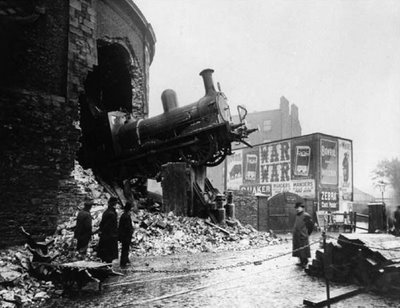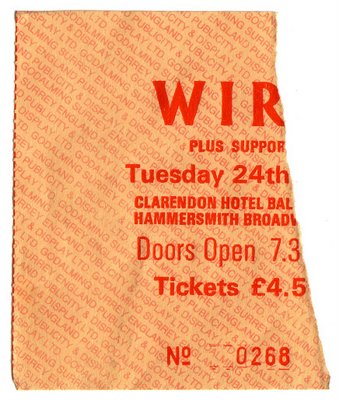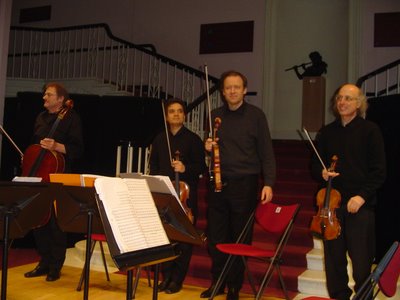
The Spire would seems to be a particularly salient example of this. What does this say about Dublin in the third millennium ? Apart from its formal elegance, what is its connection with the landscape ? Why has it been decided that an outdated model of a la carte modernism be the order of the day ? Do we not have a strong enough sense of ourselves to accept something more… relevant ? Less monolithic ? Though I don’t want to get into any particularly hide-bound notions of nationhood here.

In 2003, RTE created an animation as a continuity filler, in which Nelson’s column morphed into the Spire. It was as though the shift from colonized country/second city to secular society/Europeanised multiculture was a smooth and unproblematic transition, reducible to such graphic abbreviation. You can’t help but think: hey - hang on a sec ! Let’s bring this back down to earth for a minute. Nelson gets shafted. Instead of being toppled from his perch, he’s impaled from below on a giant hypodermic and whisked up into the clouds. Excuse me while I kiss the sky. RTE’s special effects version of history. The past conveniently smoothed over. Streamlined. Inoffensive. Infuriating.

Obviously development, by its very nature, looks ahead, and the reconfiguration of the modern metropolis is an ongoing and natural occurrence. Well it should be anyway. Though Dublin’s development has been more ad hoc than organic. But is it to be at the expense of severing ourselves completely from the past ? It’s curious, all the same, how the tramlines are being reinstated. The past returns in the future tense. A future which is indeed tense given the budget overruns and delays of the Luas project. Interpretive centres miss the point. What animates and makes the landscape vital is a feeling of connection with the historical layers that lie like so much temporal silt under the present – what’s brought us to where we are now.
Some parts of Dublin still have this. Certain streets you feel a connection. What’s interesting looking at archive photos of Dublin is the fact that, historically, they’re not really that old. Yet they feel centuries removed. Very hard to make the connection. Like trying to pull together two magnets by the same poles. Like realizing that you recognize someone, but you just can’t place them. Obviously so much of this is tied up with the massive sea changes in Irish society across this time, socially, politically and culturally. If we don’t know where we’ve come from, do we know where we are going ?

Photography, once the great arbiter of truth, has long since lost that authority in our digital age of endless image manipulation. Though even as far back as the war of independence, the radical women that were a very significant part of the motor for change were airbrushed out of photographs. In our present interrogation of the image, through the digital dialects of drag and drop, scan and save, a language so alien to those that wander the street in this photograph, we delve into the very fabric of the image, pull it apart pixel by pixel, shift bits of information around with a cartoon hand. The pixels, the building blocks of the image, its cell structure, are ironically also the very thing used to blur identity when the occasion is called for.
Dublin’s history of development over the last forty years is rife with examples of pig-headed notion of so-called ‘progress’ run roughshod over history. One of our major points of connection with the old city, the very foundations of the Medieval city, was in Wood Quay. And what did we do ? We built over it ! Not without a protracted public protest though, fought to the bitter end. Development wins out over history in a depressing show of power gone ape. A show of attitude that’s worse than Medieval. It’s Neanderthal.








